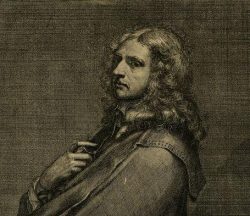Louis Du Guernier (1614-1659)
Louis du Guernier was born in a Reformed Church family several members of which were artists, but he was the best known. He was deeply religious but also had a tolerant and open-minded attitude.
The artist
According to his close friend Félibien, Louis du Guernier, born on 14 April 1614, was the grandson of a “very influential man in the Parliament at Rouen”, but became destitute during the Wars of Religion. After the early death of his father, as the eldest child, he had to paint miniatures to support his many siblings, many of whom became artists.
His sister Suzanne married the painter Sébastien Bourdon, a friend of Louis’s and a prominent figure among Protestant artists and goldsmiths. Samuel Bernard, who worked with him, etched his portrait.
He was one of the first members of the Academy which he joined on 16 August 1651, and thus was one of the Twelve Ancients. On 6 July 1655 he was appointed Professor.
A strong, endearing and tolerant personality
Many of his peers liked Louis for his personality, including Félibien who became one of his closest and best friends and claimed he had never met “anyone his age as moderate and wise as he was… His knowledge and skills in painting were his least laudable qualities but the beauty of his soul exceeded anything I could say. Though his excellent work would have made me seek him out, his good manners and personal qualities drew me to love him and to see him often. His conversation was soft and pleasant, his amusements innocent ; he was earnest ; he never complained ; he was respected, but not feared ; he looked indifferent and unsociable, but was courteous and honest ; an enemy of vice, but not of respectable amusements. He enjoyed music, played the theorbo quite well, liked reading good books, of which he was a good judge ; he never talked about his Religion. When he mentioned ours, he did so in a wise and genuine manner ; and all his actions revealed nobility and generosity”.
He was the godfather of Henri Testelin who was baptised in the Temple at Charenton, and his wife, when she was a widow, became the godmother of another child of Testelin’s.
He died on 16 January 1659 in his home on the Quai de l’Horloge in Paris and was buried the next day in the cemetery on the Faubourg Saint-Germain.
Bibliography
- Books
- FELIBIEN André, Entretiens sur les vies et les ouvrages des plus excellents peintres anciens et modernes, Paris, 1666-1668
- FIDIERE Octave, État civil des peintres et sculpteurs de l’Académie royale : billets d’enterrement de 1648 à 1713, Charavay frères, Paris, 1883
- JAL Auguste, Dictionnaire critique de biographie et d’histoire, Plon, Paris, 1867, Volume 4
- MONTAIGLON Anatole de, PV de l’Académie Royale de peinture et de sculpture (1648-1792), publiés pour la Société de l'Histoire de l'Art Français d'après les registres originaux conservés à l'Ecole des Beaux-Arts
- THUILLIER Jacques, Catalogue de l’exposition Bourdon, Montpellier-Strasbourg, 2000-2001
Associated notes
-
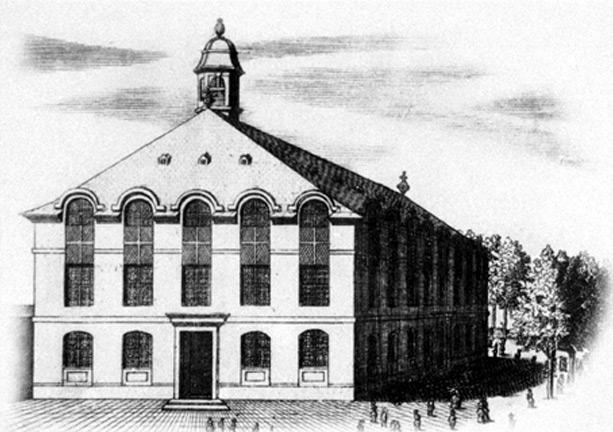
Charenton (Val-de-Marne)
This was one of the major works of Salomon de Brosse, the architect who designed the Palais du Luxembourg (Senate) for Marie de Médicis (1623). -
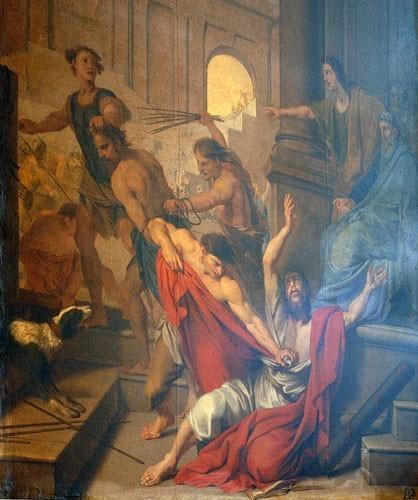
Louis Testelin (1615-1655)
At the time Louis Testelin was an artist, belonging to the Reformed Church did not prevent one from having a brilliant career. -
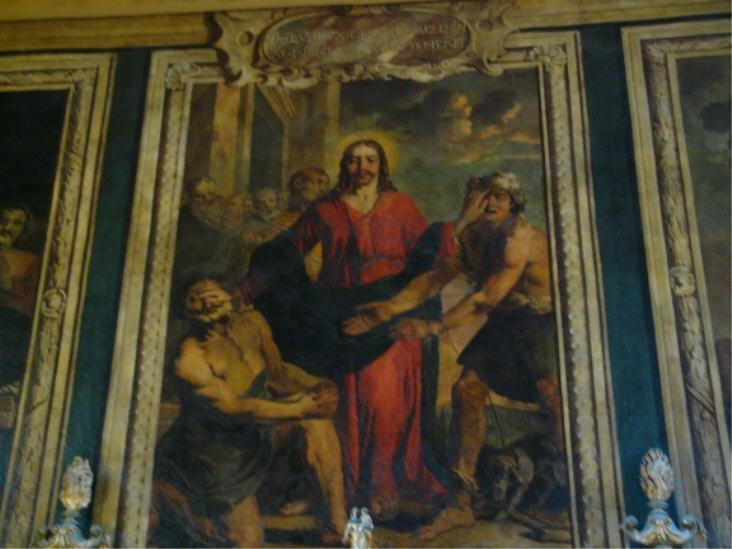
Isaac Moillon (1614-1673)
Isaac Moillon belonged to a large family of Protestant painters in Paris – they worked in Saint-Germain-des-Prés. -

Louise Moillon (1610-1696)
Louise Moillon was from a Protestant family and became one of the most well known still life painters of her time. Sadly, her old age was darkened by the Revocation... -
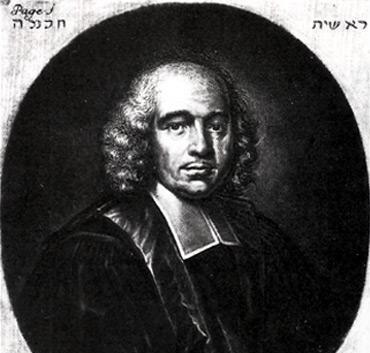
Pierre Jurieu (1637-1713)
Pierre Jurieu was a pastor of the “refuge” and defended the rights of the people in the kingdom of Louis XIV. -
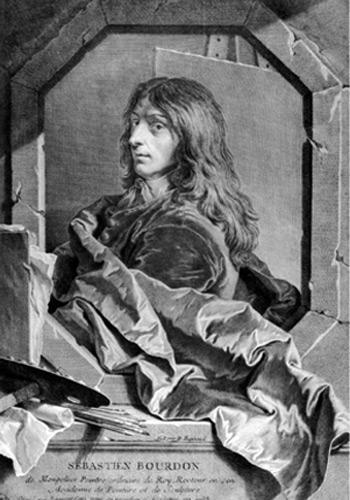
Sébastien Bourdon (1616-1671)
Sébastien Bourdon is the most well known of the Protestant painters of the XVIIth century. He started life in Montpellier and later moved to Paris, where he received some major...

